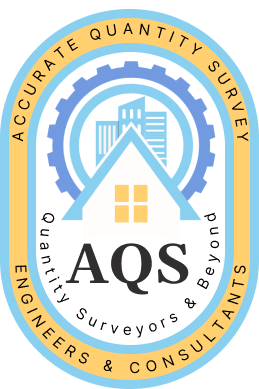Planning and scheduling
Optimize your construction projects with our expert planning and scheduling services, ensuring timely completion and seamless coordination from start to finish.
Planning
Planning: Planning involves developing a roadmap for the successful execution of a project. It includes defining project objectives, determining project scope, identifying tasks and activities, and establishing a timeline. In the construction industry, planning encompasses various aspects, such as:
Defining project goals and objectives: This involves clarifying the purpose of the project and setting measurable objectives that align with the client's requirements.
Scope definition: Clearly defining the project's scope helps establish the boundaries and deliverables of the construction project. It involves determining what will be included and excluded from the project.
Task identification: Breaking down the project into smaller tasks and activities helps identify the necessary steps to complete the project. This includes listing the activities required for design, procurement, construction, and project closeout.
Sequencing tasks: Determining the order in which tasks need to be executed and identifying any dependencies between tasks. This helps create a logical flow and ensures that activities are completed in the right sequence.
Resource allocation: Allocating the necessary resources, including labor, equipment, and materials, to each task. This ensures that the required resources are available when needed, avoiding delays and disruptions.
Time estimation: Estimating the duration required for each task and determining the overall project timeline. This involves considering factors such as task complexity, resource availability, and potential risks or constraints.
Risk assessment and mitigation: Identifying potential risks and developing strategies to mitigate them. This helps anticipate and address challenges that could impact the project's timeline and success.
Scheduling
Scheduling: Scheduling is the process of creating a timeline or calendar that outlines when specific tasks and activities will be executed. It involves assigning start and end dates to tasks, determining their sequencing and interdependencies, and allocating resources accordingly. Key aspects of scheduling in the construction industry include:
Gantt charts: Gantt charts are commonly used to visualize and communicate project schedules. They provide a visual representation of tasks, their durations, and their interrelationships. Gantt charts help stakeholders understand the project timeline and identify critical path activities.
Critical Path Method (CPM): CPM is a technique used to determine the critical path of a project, which represents the sequence of tasks that must be completed on time to avoid project delays. It helps identify tasks that are most critical to the project's overall timeline.
Resource leveling: Balancing resource allocations to avoid overloading or underutilizing resources. Resource leveling ensures that resources are effectively distributed throughout the project, considering their availability and the project's timeline.
Schedule monitoring and control: Regularly monitoring and updating the project schedule to track progress, identify delays, and make necessary adjustments. This involves comparing actual progress against the planned schedule, analyzing variations, and implementing corrective actions to keep the project on track.
Effective planning and scheduling are crucial for ensuring that construction projects are executed efficiently, meet deadlines, and achieve the desired outcomes. They enable project managers and stakeholders to have a clear understanding of the project's scope, timeline, resource requirements, and potential risks, facilitating better decision-making and successful project delivery.


